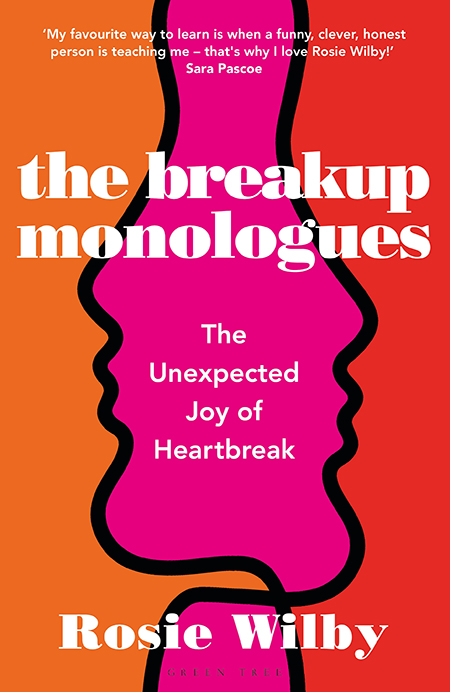Test article

The key is to avoid the liquorice all-sorts look, with yellow, pink, white, blue, black and orange all thrown in together resulting in pots competing with each other. That’s too busy – and noisy – and easily ends up looking a mess. A bit of rigour here helps with decision-making and, ultimately, pot-design success.
Here below you’ll find some helpful suggestions and tricks to design your perfect, colourful pot!
Option 1: A single plant in a single pot or multiple pots
One type of plant in one pot can be wonderful: a clump of gaura, the compact Euphorbia hypericifolia ‘Diamond Frost’, or the ever-flowering Erigeron karvinskianus. We use these in small and medium pots repeating through the garden – in lines down paths, sitting on tables or steps, all gently echoing one another. And we do this quite a bit with tulips, massing just one variety in a large pot on its own. Particularly if we choose a showy form, such as the lacquer-red ‘Pretty Woman’ or my namesake, ‘Sarah Raven’ – it can deliver a real punch if the pot is placed at a prominent corner or somewhere that leads the eye to a view.
Similarly, in the summer and autumn, having a mass of one pelargonium we know flowers for ages (such as ‘Shrubland Rose’, ‘Pink Aurore’ or ‘Aurora’) in a giant pot on a central table can look marvellous!
Option 2: Multiple plants in a single colour in multiple pots
We also make families of pots each containing a different plant, but all in a matching colour. Much like option 1, this is simple but striking, but takes it one step up in terms of showiness.
We’ve had many examples of this over the years. One of my favourites is a group of pots that create a purple corner as you come into the Dutch Yard. There’s Angelonia angustifolia ‘Archangel Dark Rose’ in a zinc container beside a huge pot containing Cleome ‘Señorita Rosalita’ and Dahlia ‘Abigail’, and in a smaller planter, the velvety Nemesia ‘Lady Lisa’. They all produce purple flowers in a similar tone and, between them, look good from May until the end of October, their vibrant colours glowing amid the deep green rosemary that is planted all around them in that corner.
Kirkus Reviews, starred review
[Sokatch] earnestly and humanely parses the Palestinian-Israeli conflict … from the fair-minded position that Israelis and Palestinians are both right and both wrong … An optimistic, evenhanded instruction manual, with upbeat illustrations, for anyone trying to understand the conflict.















